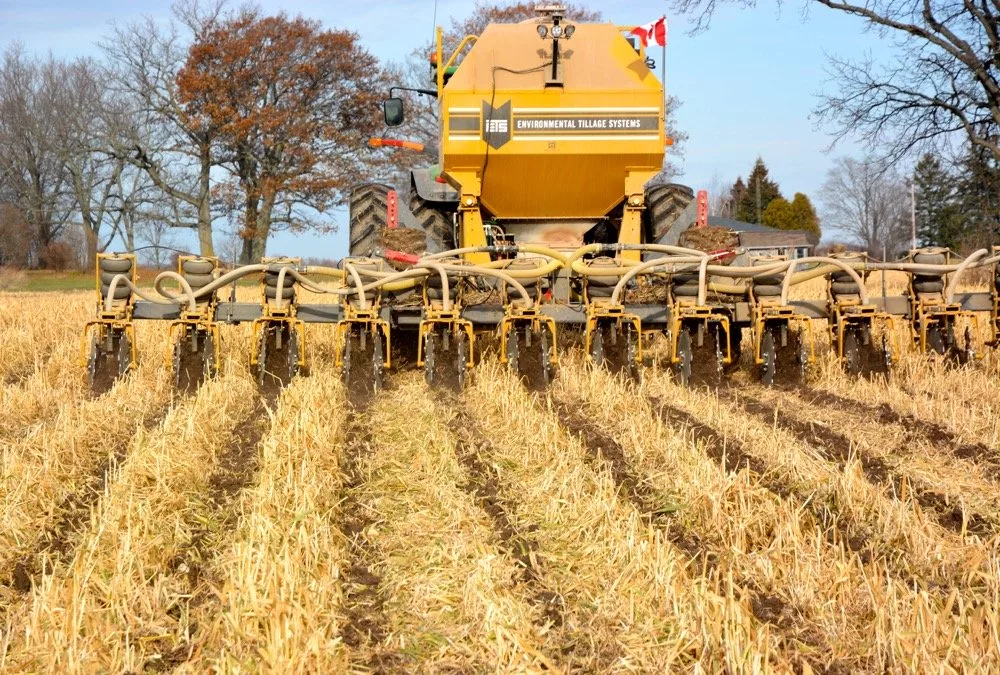It seems the appetite for organically-grown products continues to grow and there is genuine momentum behind transitioning farm acreage into an organic system.
Wolcott, Ind., farmer Jason Federer has transitioned about 250 of his 4,000-acre corn, soybean and wheat operation to certified organic acres, but acknowledges that organic strip-till posed some challenges.
“We strip-tilled for 20 years and the one thing about organic is you can have the best plan in the world until the weather comes and then you go to plan B, plan C,” he says. “The year we did strip-till organic we were going into clover and it was kind of a thin stand. We used a flame weeder and it was looking great at the beginning of June, but then we got 30 inches of rain and it was done. We had to disc the crop under later.”
Federer plans to experiment with no-till organic acres in 2019, utilizing a roller-crimper to terminate cereal rye. Cover crops can be an instrumental tool for weed control when moving strip-till or no-till acres into an organic system.
One approach that has worked for Federer is starting out with wheat or rye and then frost-seeding alfalfa into them. “The summer after the wheat comes off, I’ll just mow the field to keep weeds from going to seed instead of haying it because I want to return the organic material to the ground,” he says. “The next year we’ll take a few cuttings off and sell the hay so we’re getting some income while we transition.
“Then the following year, we can plant an organic corn crop, which works very well after the alfalfa for fertility, weed control and all-around rotational and
agronomic concerns.”
“Rolling our cereal rye can be an organic weed-control source for us…” —Mike Shuter
His plan after corn is to seed cereal rye and then use a roller-crimper to terminate it in the spring prior to planting no-till soybeans. He attempted this last in 2018, but bad weather led to a poor rye stand, which he ended up having to till under. He’s hoping for better results in 2019.
Transitioning to organic has required a lot of work and planning and Federer says it’s a challenge to juggle the different management styles. But he’s already switched to using all non-GMO seed, which is a requirement for organic production.
Frankton, Ind., strip-tiller and no-tiller Mike Shuter, made the transition to organic practices on about 20% of his 3,000-acre corn and soybean operation.
“Our goal is to implement the system with some of our no-tilled soybeans, strip-tilled corn and cover crops for weed control,” he says. “We’re talking about applying some pelletized poultry manure as a starter fertilizer on some organic acres.”
Shuter expects as they begin further incorporating organic practices on a small number of acres, it will have a broader impact on the entire operation. Specifically, they will likely start no-till drilling more soybeans vs. planting them into cereal rye and then rolling the cover crop.
“I think that will allow the cereal rye to be an organic weed-control source for us,” he says. “We’d still generally keep the same system for strip-tilling corn and no-tilling soybeans, but I feel like with the cover crops we’ve used for the last 9 years, we have fields in the right shape and we ought to be able to make this work.”
Successfully combining organic practices in a long-term no-till or strip-till situation is a work in progress. As Federer describes it, the pairing would be the “holy grail” of opportunity.






